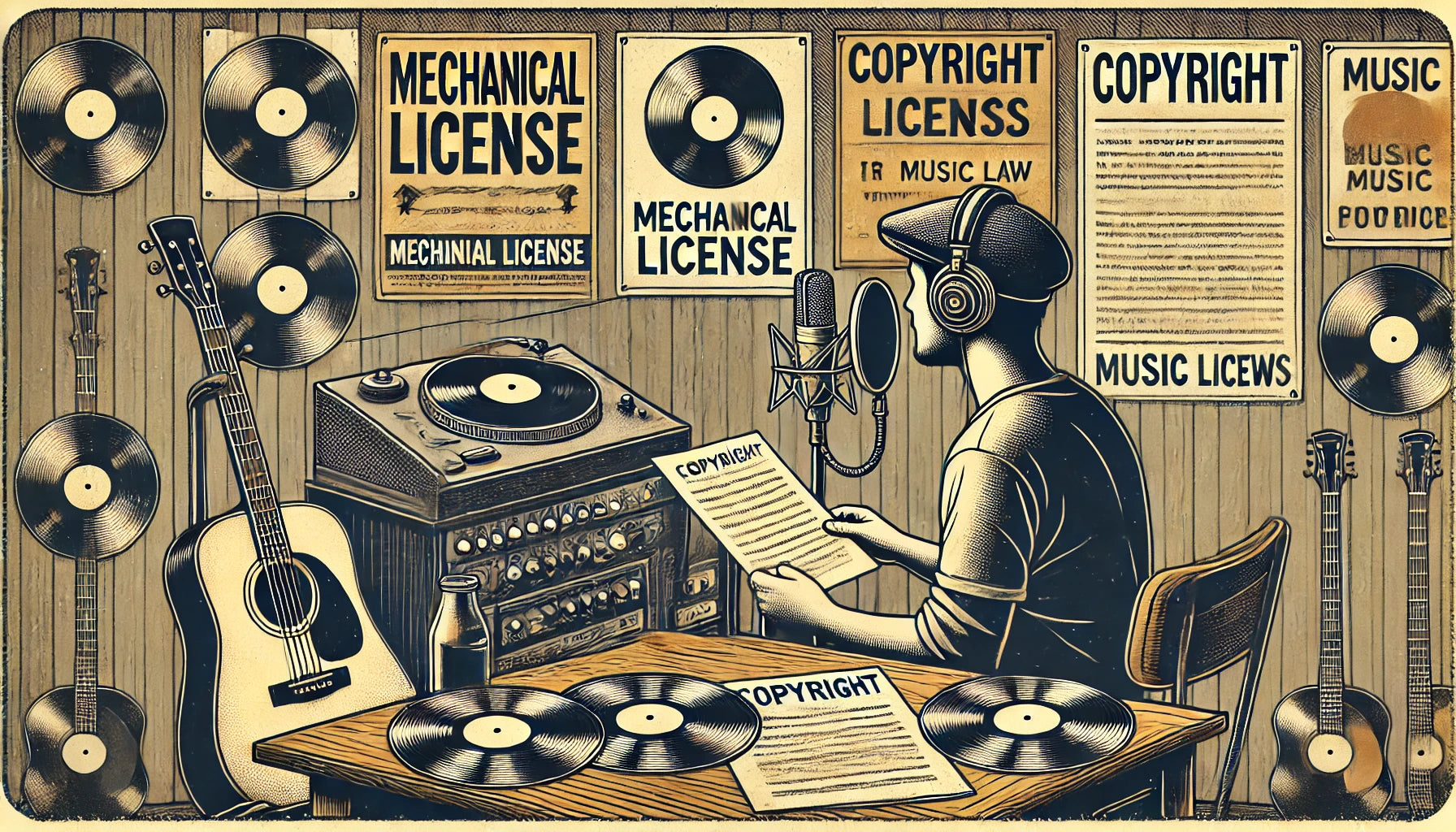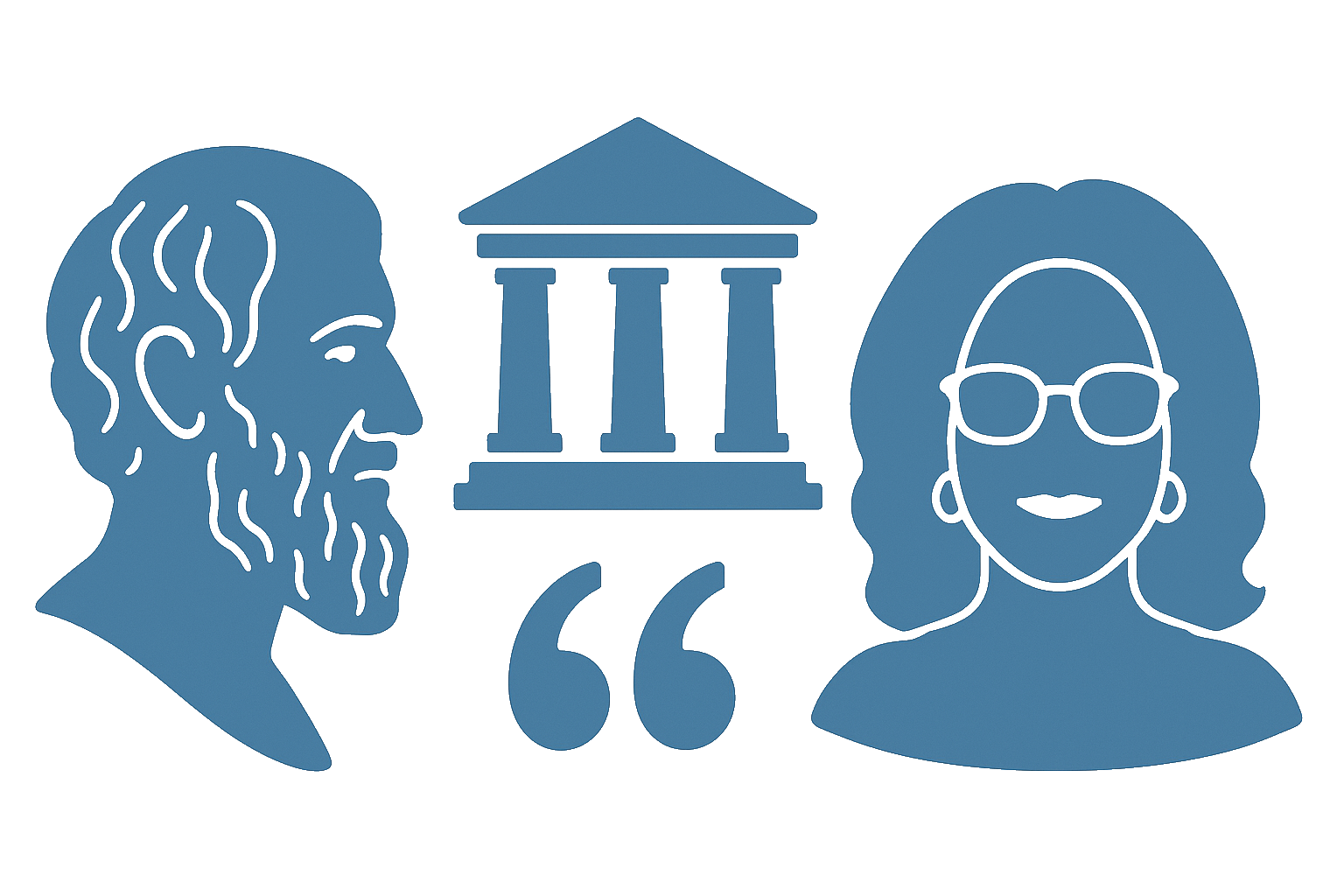Quick Overview: Covering songs, whether live on stage or in a recording studio, is a fantastic way for artists to share their unique take on popular tracks. However, jumping into this without understanding the legal aspects can lead to serious consequences. This guide walks you through how to legally perform and record cover songs so you can share your music without worrying about lawsuits.

Common Questions & Answers:
-
Do I need a license to perform cover songs live?
If you're performing at a venue, it’s typically covered under the venue’s public performance license. Check that the venue is registered with a performance rights organization (PRO) like ASCAP or BMI. -
What if I want to record and release a cover song?
You’ll need a mechanical license, obtainable from agencies like the Harry Fox Agency or through platforms like Easy Song Licensing. -
Can I post cover song videos on YouTube without a license?
Technically, you need a synchronization (sync) license to pair a song with video. YouTube’s Content ID system may flag unlicensed covers, so ensure you're compliant. -
How much does a license cost?
It depends on the song and intended distribution. Mechanical licenses might have flat rates plus royalties. -
What happens if I release a cover without the right licenses?
You risk takedown notices, copyright infringement lawsuits, and losing potential income from your music.

Step-by-Step Guide:
Performing Covers Live:
- Check Venue Compliance: Confirm that the venue has a performance license from ASCAP, BMI, or SESAC. This license covers the legal use of songs in live settings.
- Communicate with Organizers: Make sure event promoters have covered the licensing for public performances.
- Review Setlist Details: Stick to songs that are cleared under the venue's blanket license. If unsure, double-check specific songs with the PRO.
Recording Covers:
- Get a Mechanical License: Use services like the Harry Fox Agency, Music Reports, or Easy Song Licensing to secure a license for your cover.
- Sign Licensing Agreements: Maintain a copy of the licensing agreement, which outlines royalties owed to the original songwriter.
- Budget for Royalties: Allocate funds to cover per-unit fees, which may include streaming or physical copies.
- Upload to Distribution Services: Platforms like Spotify or Apple Music often require proof of a mechanical license to allow covers.
Historical Context: Cover songs became a staple in the 20th century, popularized by artists like Elvis Presley, who famously covered tracks such as "Hound Dog." Initially, the music industry operated with minimal legal oversight, but as artists grew more protective of their works, laws evolved. The U.S. Copyright Act, solidified in 1976, emphasized mechanical rights, ensuring songwriters were paid for recorded reproductions. This set the stage for a comprehensive licensing process, balancing artistic creativity and original ownership.

Business Competition Examples:
- Boyce Avenue on YouTube: This band found fame by legally recording and uploading covers, navigating licensing to build their career through a dedicated fan base.
- Pomplamoose's Recorded Covers: The duo gained traction by producing licensed cover songs, which they distributed across streaming platforms, establishing themselves as innovative indie artists.
- Local Bands in Licensed Venues: Bars and music halls work with PROs to allow performers to cover songs without legal worries, ensuring all parties stay protected.

Discussion: The popularity of cover songs reflects their universal appeal, allowing artists to showcase their interpretation while giving audiences a familiar listening experience. While live performances are generally straightforward with venues assuming the licensing role, recording covers is trickier. Artists must secure a mechanical license and budget for royalties, especially if they intend to sell or stream their music.
Balancing ease of access and the rights of original songwriters has been a longstanding debate. Modern solutions, like Easy Song Licensing, bridge this gap, streamlining processes for both seasoned and new musicians. However, digital and social media platforms have complicated matters, as unlicensed covers can still slip through the cracks, leading to potential legal headaches.

The Debate:
Pro-Licensing Side: Emphasizes fair compensation for original songwriters and adherence to copyright laws, fostering respect for intellectual property.
Anti-Complex Licensing: Argues that cumbersome licensing processes hinder artistic freedom and limit emerging artists from sharing their creativity.

Takeaways:
- Public performance licenses usually cover live venue performances, so artists should verify the venue's compliance.
- Recording covers requires mechanical licenses to distribute legally; this protects artists and songwriters alike.
- Mechanical licenses can be secured through platforms like Easy Song Licensing, with costs varying based on song popularity and distribution.
- Synchronization licenses are needed for video content paired with music, an important consideration for YouTube and similar platforms.
- Complying with licensing regulations prevents legal issues and supports a sustainable music industry.

Potential Business Hazards:
- Copyright Infringement Lawsuits: Artists face fines and legal action if they release unlicensed cover songs.
- Revenue Blockages: Platforms like Spotify may remove unlicensed content, reducing an artist’s earning potential.
- Negative Publicity: A reputation for bypassing copyright rules can damage industry relationships.
- Unforeseen Costs: Failing to account for licensing fees and royalties can disrupt project budgets.

Myths and Misconceptions:
-
Myth: You can record covers without permission if you don’t monetize them.
Truth: Distribution of any kind requires a mechanical license, regardless of monetization. -
Myth: Only professional artists need licenses for covers.
Truth: All artists must secure licenses, from hobbyists to professionals. -
Myth: Licensing is unaffordable for smaller artists.
Truth: Licensing options vary in price and are often accessible for most budgets. -
Myth: If a cover is on YouTube, it’s automatically legal.
Truth: YouTube’s Content ID system doesn’t replace formal licensing; it simply detects usage. -
Myth: Performing covers live requires a personal license.
Truth: Venues typically cover this, not individual performers.

Book & Podcast Recommendations:
- “All You Need to Know About the Music Business” by Donald S. Passman: An authoritative guide on licensing and other music business intricacies.
- “Music, Money, and Success” by Jeffrey and Todd Brabec: Offers an in-depth look at music publishing and licensing for artists looking to make informed decisions.
- “Creative Control” podcast: This podcast provides insights on the music industry, including licensing challenges faced by modern artists.
- “The DIY Musician Podcast”: Covers everything from recording and marketing music to licensing and distribution tips for indie artists.

Legal Cases:
- Bridgeport Music Inc. vs. Dimension Films (2005): This case underscored the strict interpretation of music sampling rights, shaping how cover songs are approached.
- Marvin Gaye Estate vs. Robin Thicke (2015): Demonstrated the importance of recognizing song similarities, a lesson for cover artists on how to protect their work.
- Led Zeppelin vs. Spirit (2016): Highlighted the significance of proving original elements in music, underscoring how easily disputes can arise.

Share Your Expertise: Get personalized advice on protecting your musical work and navigating licensing by visiting Miller IP’s resources for startups and small businesses.
Wrap Up: Securing the rights to perform and record cover songs is essential for any artist aiming to share their music legally. From live gigs to streaming platforms, understanding the types of licenses and their costs can safeguard your music career and ensure that your creative pursuits thrive.












